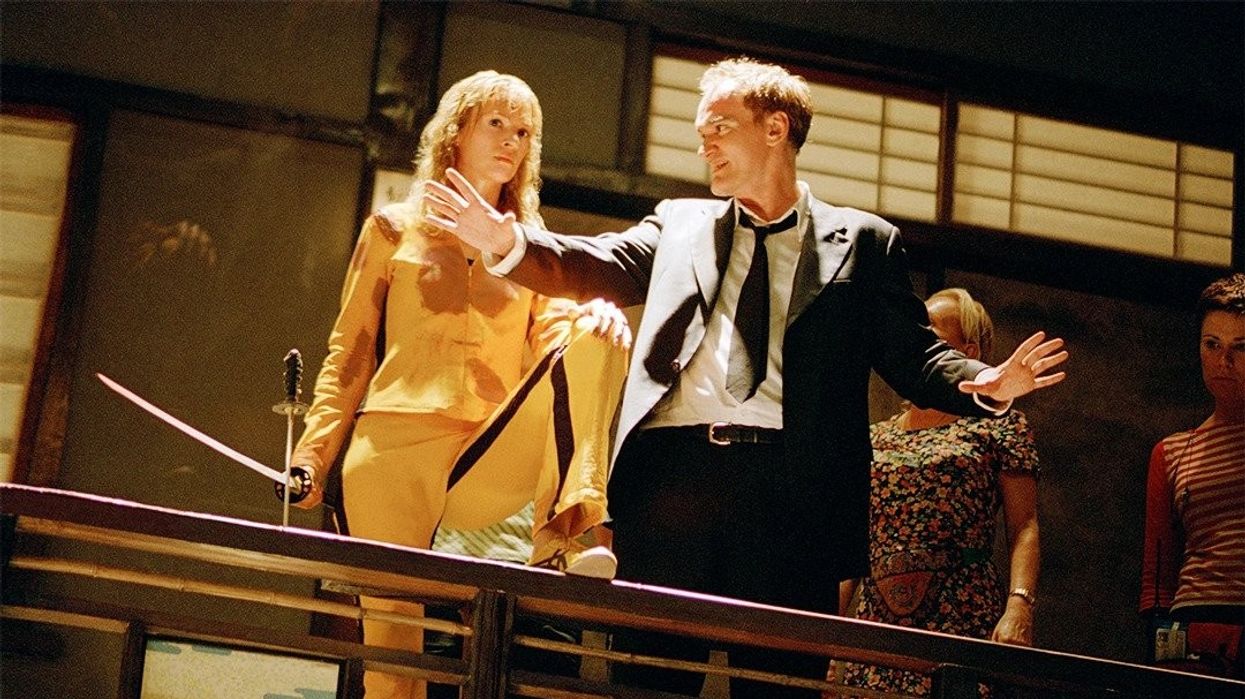This Is How Some Directors Subvert Conventional Shot Selection
Your shot selection as a director matters.

Every director on earth has had to choose what shots go into a project at some point or another. It's part of the job. Choosing different shots and camera angles helps you transport the audience into the world. They can define your theme, and deepen the enjoyment of a project.
But what happens when you master all the basics?
Some directors have brilliant ideas on how to subvert the basic shots to change your feeling about the work. There are movies that totally wrap you up in the world of a character to the point of it being claustrophobic and uncomfortable, and other movies make you feel more like you’re just observing events in their lives unfold in a more detached way. Each of them happens thanks to shot selection.
Check out this video from In Depth Cine, and let's talk after.
How Do Some Directors Subvert Conventional Shot Selection?
When you're starting, picking shots should feel a little conventional.
Sure, you might move the camera and choose interesting angles, but for the most part, you and your director of photography will work to pick things that bring out the best in your work.
But what happens when you get bored of those shots? When do you want to shake things up? Perhaps when you think the conventional way is getting stale.
For example, in a movie like Wong Kar Wai's In the Mood for Love, we see the director actively push against conventional shot wisdom. He is always tracking or panning away from a line of action.
Or what about Tarantino's use of snap zooms and Dutch angles in Kill Bill? While the regular Dutch angle is supposed to make the audience feel uneasy about a situation, Tarantino uses it to show people's defeat of The Bride and her impending swordsmanship. I also love something like the standoff in The Good, the Bad and the Ugly, where the three titular characters aim guns at one another in a graveyard. What many directors would do in a wide shot, Sergio Leone does in an extreme close up, flashing between eyes and hands and faces, showing us the intensity of the scene play out, while still mixing in wide shots.
So how does this affect the theme?
Well, you can work to make sure the message you want goes to the audience by choosing different shots. When you are in control of what they think and feel, you can deliver the theme. So if you subvert a few shot uses, you have the audience the plan of your hand. Like when Tarantino finally delivers the end of the Kill Bill saga, we get an overhead shot. Taxi Driver uses the same shot to judge the people in the scene, Kill Bill uses it for us to see a mother's pain and happiness at getting her child back but losing the person who she thinks truly understood her. And from this angle, we're not judging her, we're voyeuristically looking in on her moment of catharsis. It's the same "God-angle," as it's been called, but a way different application.
These creative uses of conventional shooting actually help twist the audience's expectations and give them a more nuanced experience. Let me know some of your favorite shot subversion moments in the comments.
Source: In Depth Cine













